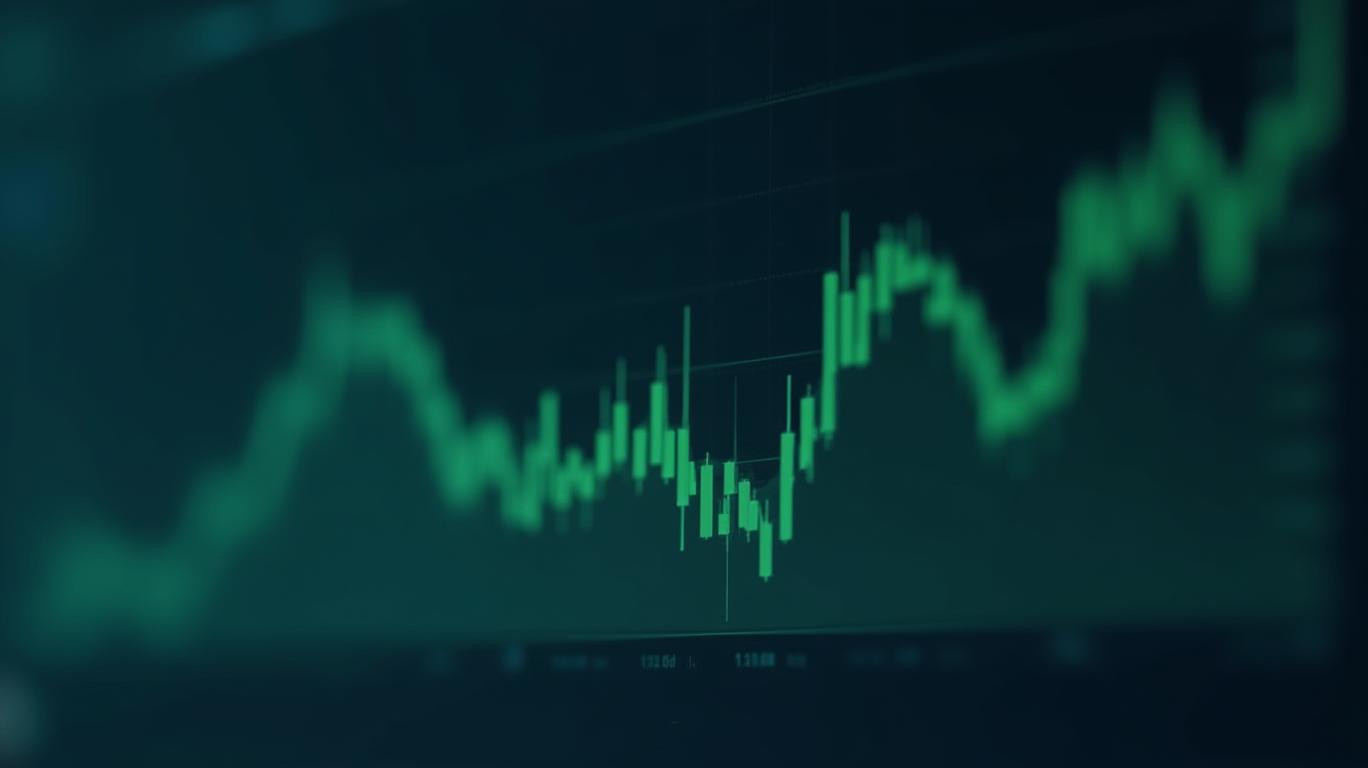The Dollar's Vulnerability Amid Shifting Trade Dynamics: A Case for Pro-Cyclical Currencies
The U.S. and European Union's decision to defer tariffs until July 9, 2025, has injected a critical dose of certainty into global markets, reshaping risk sentiment and currency valuations. This temporary truce underscores the fragility of the U.S. dollar's safe-haven status amid escalating fiscal and geopolitical challenges, while opening doors for growth-sensitive currencies like the Australian dollar (AUD) and euro (EUR). For investors, the tactical window to capitalize on pro-cyclical momentum is now.
The Tariff Deferral: A Catalyst for Risk-On Sentiment

President Trump's decision to delay the 50% tariff threat on EU goods—initially set for June 1—has alleviated near-term fears of a transatlantic trade war. This deferral, paired with the EU's suspension of retaliatory tariffs, reduces uncertainty for businesses and investors alike. The immediate impact: a rebound in risk appetite, as seen in equity markets and commodity-linked currencies.
The macroeconomic calculus is clear: had tariffs gone into effect, the U.S. GDP could have contracted by 0.6-1.0%, while the EU would have faced a 0.2-0.4% decline. The deferral avoids this drag, allowing growth-sensitive assets—such as AUD/USD and EUR/USD—to regain traction.
Why the Dollar is Losing Its Luster
The U.S. dollar's decline reflects deeper vulnerabilities. Even with the tariff deferral, the U.S. fiscal position remains precarious, with deficits projected to balloon as interest rates stabilize. Meanwhile, the Federal Reserve's delayed rate cuts (anticipated by September 2025) have eroded the dollar's yield advantage.
Investors are waking up to a stark reality: the dollar's safe-haven appeal is fading. Geopolitical risks—such as U.S.-China trade tensions and domestic fiscal mismanagement—are now priced into the currency. The result? A structural shift toward pro-cyclical currencies that benefit from global growth stabilization.
Tactical Opportunities: AUD/USD and EUR/USD
AUD/USD: Riding the Commodity Wave
The Australian dollar, a classic "risk-on" currency, is positioned to outperform. Key technical levels highlight the
forward:- Resistance: 0.6500 (recent breakout zone), followed by 0.6687 (November 2024 high).
- Support: 0.6360 (current consolidation floor), with critical defense at 0.6288 (100-day SMA).
A sustained breakout above 0.6500 could trigger a rally toward 0.6687, fueled by China's economic reopening and stronger commodity prices. The Reserve Bank of Australia's (RBA) dovish stance has kept yields competitive, while the U.S. dollar's weakness removes a key headwind.
EUR/USD: Europe's Turn to Shine
The euro, too, is primed for gains. With EU-U.S. trade tensions easing, European equities and currencies are benefiting from improved cross-border sentiment:
- Resistance: 1.1480 (May 26 high), with a key target at 1.1500 (psychological threshold).
- Support: 1.1265 (critical pivot), below which a slide to 1.1130 (50-day EMA) becomes likely.
The ECB's gradual policy tightening, combined with EU's export resilience, provides a tailwind. A break above 1.1500 could signal a move toward 1.1748, as the euro reclaims its status as a growth-driven currency.
The Bottom Line: Capitalize on Pro-Cyclical Momentum
The U.S.-EU tariff deferral has flipped the script on currency markets. With trade war fears muted and growth expectations stabilizing, investors should pivot toward currencies that thrive in risk-on environments.
- Actionable Strategy:
- Buy AUD/USD at current levels, targeting 0.6687 with stops below 0.6288.
- Build EUR/USD positions on dips below 1.14, aiming for 1.1748 with 1.1130 as a stop.
- Avoid the USD: Short the dollar against commodity-linked currencies to exploit its fiscal and geopolitical vulnerabilities.
The writing is on the wall: the dollar's decline is structural, not cyclical. Pro-cyclical currencies like the AUD and EUR are the vehicles to profit from this shift. Act now—before the next phase of growth-driven momentum leaves you behind.

Comments
No comments yet